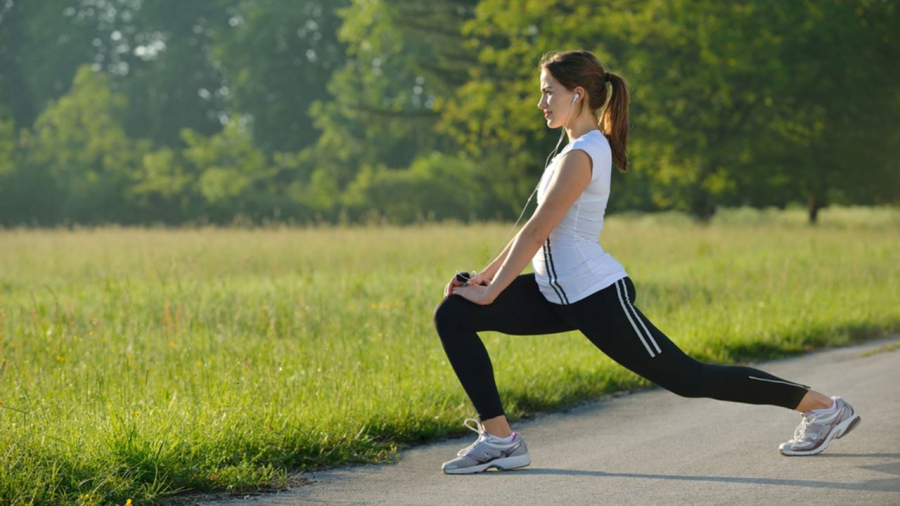Recently, researchers at the University of Jyvaskyla (Finland) have discovered that physical activity can have negative effects on health in some cases. The study participants reported their daily physical activity time and intensity.
The researchers divided them into four groups: sedentary, moderate activity, active, and very active. Overall, they found that those who exercised the least had a 20% higher risk of death than those who regularly exercised.

However, when they screened lifestyle factors including education level, body mass index (BMI), smoking habits, and alcohol consumption, that number decreased significantly. People in the sedentary group only had a 7% higher risk of death compared to those in the active group. Additionally, there were no additional benefits from higher exercise frequency.
The study also showed that the biological aging process occurs faster in those who exercise too little or too much. Those in the very active group often aged about 1.8 years faster than the other groups.
However, the benefits of exercise for health cannot be denied. You should choose exercises that are suitable for your health, ability, preferences, and goals. There are many different types of exercises, such as aerobic exercises, high-intensity interval training, strength and bone-building exercises, relaxation and stretching exercises.
It is not advisable to start exercising too much or too vigorously, as it can cause injuries or fatigue. Start with simple and gentle exercises, then gradually increase the time, frequency, and difficulty of the exercises. If possible, seek guidance from a trainer or doctor to ensure proper and effective exercise.
The World Health Organization recommends that adults aged 18-64 engage in at least 30 minutes of moderate-intensity aerobic exercise per day or 20 minutes of vigorous-intensity exercise per day. Aerobic exercise is a great way to improve quality of life and prevent chronic diseases. To enhance longevity, you need to combine proper exercise with a healthy lifestyle.






































